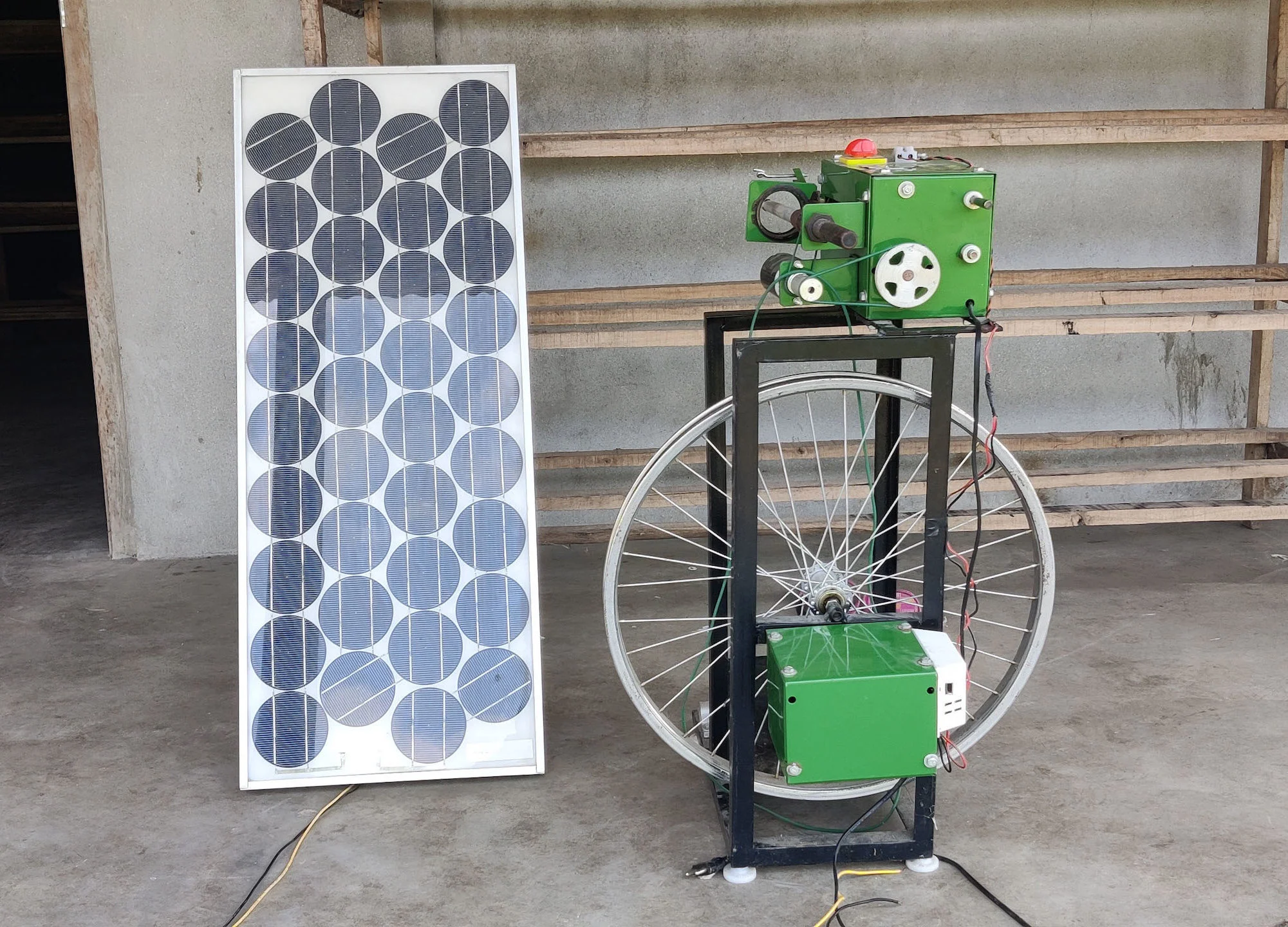When we think of silk, what comes to mind is usually luxury, sheen, and fine elegance. But Eri silk, rooted in the cultural fabric of Northeast India, offers a radically different idea of luxury: one that is ethical, ecological, and enduring.
Nicknamed “peace silk” or “ahimsa silk”, Eri silk stands apart for its non-violent production process. While producing conventional silk, cocoons are boiled, which kills the silkworm before it emerges. However, Eri silk uses open-ended cocoons, allowing the moth to complete its natural metamorphosis and emerge unharmed. This small but profound shift in practice makes a significant ethical difference. It also gives Eri silk its distinct identity: a soft, woolly, cotton-like yarn that’s spun rather than reeled.
A Regenerative Model Rooted in Nature
Eri silk’s sustainability runs far deeper than cruelty-free production. Its entire value chain is inherently low-impact. The Eri silkworm feeds on castor plants, a hardy, drought-resistant crop that grows without the need for chemical fertilisers or pesticides. This significantly lowers the water footprint and ecological strain of sericulture.
From rearing to weaving, most of the production happens at the village level, often within homes. This decentralised model eliminates industrial overheads, keeps energy consumption minimal, and drastically reduces the carbon footprint. Add to that the use of natural dyes made from local leaves, bark, and vegetable waste, and what you get is a textile ecosystem that is nearly zero-waste and circular by default.
Climate Resilience in Every Thread
Eri silk actively supports regeneration. Castor plant cultivation, crucial for Eri silkworms, helps prevent soil erosion, restore biodiversity, and safeguard ecosystems in fragile hill regions. And because the system is distributed, it’s inherently more resilient to climate disruptions than centralised industrial operations.
The entire model of Eri silk production offers a climate-smart, low-input solution for sustainable textile creation, especially relevant in an era of rising environmental volatility.

Women at the Heart of Eri Silk
At the core of this regenerative system are the women of Northeast India. In states like Meghalaya, every part of the Eri silk journey, from silkworm rearing to spinning and weaving, is led by women artisans. This work not only preserves cultural heritage but also powers rural livelihoods.
In addition, recent initiatives such as solar-powered spinning machines have boosted productivity and income while reducing physical strain, proving that modern interventions can uplift communities without erasing tradition. With every sustainably produced strand of Eri silk, what you also weave in is social equity, gender empowerment, and thriving local economies.
Thus, Eri silk offers a rare intersection of ethics, ecology, and empowerment. Yet, its presence in mainstream fashion remains limited. Why?
Challenges Facing Eri Silk
Despite its ethical and sustainable advantages, this silk remains a niche textile due to several challenges. Its production is labour-intensive and time-consuming, leading to higher costs compared to synthetic alternatives.
Additionally, limited access to markets and inadequate marketing efforts hinder its broader adoption. The lack of awareness about Eri silk’s unique qualities and benefits further contributes to its limited use. Addressing these issues through improved infrastructure, marketing, and education could enhance the popularity and accessibility of Eri silk to the rest of the country and the world.
Eri Silk: The Antithesis of Fast Fashion
In a world dominated by fast fashion, Eri silk stands as its natural opposite. It is durable, biodegradable, and designed to be worn for generations. This is what sustainable fashion stands for: textiles that are kind to Mother Nature, respectful of life, and rooted in community.
In a time of ecological urgency, it reminds us that the answers don’t always lie ahead. Sometimes, they are woven into the past.
